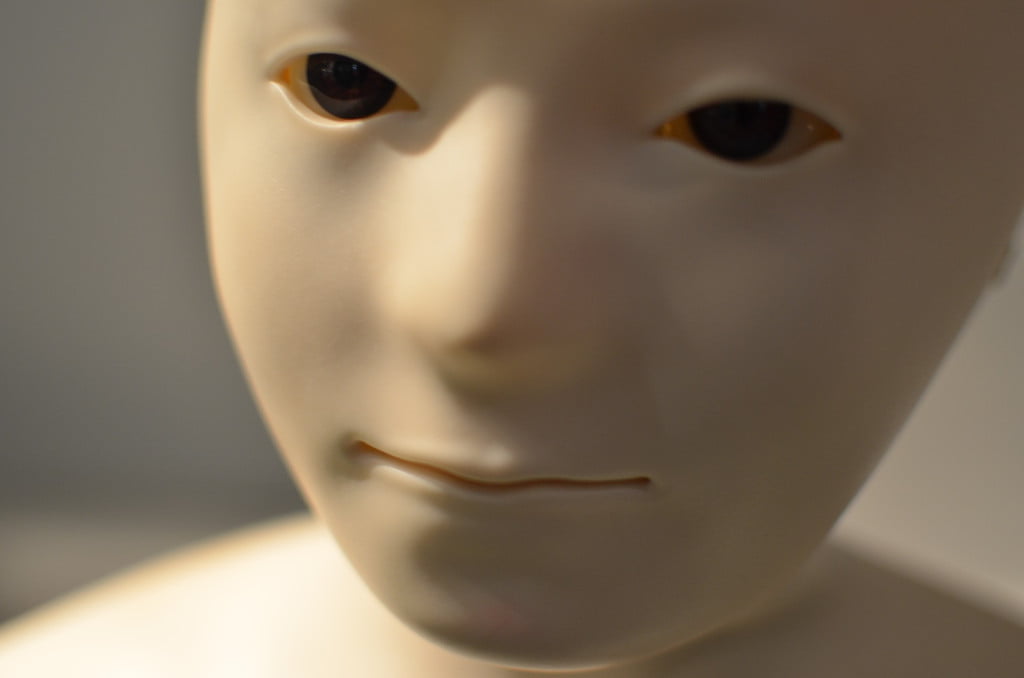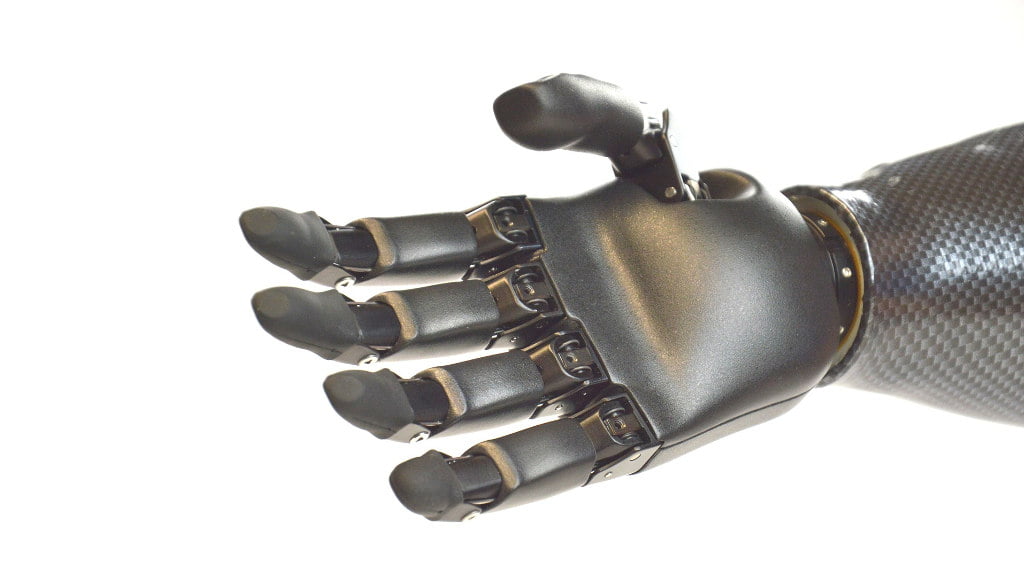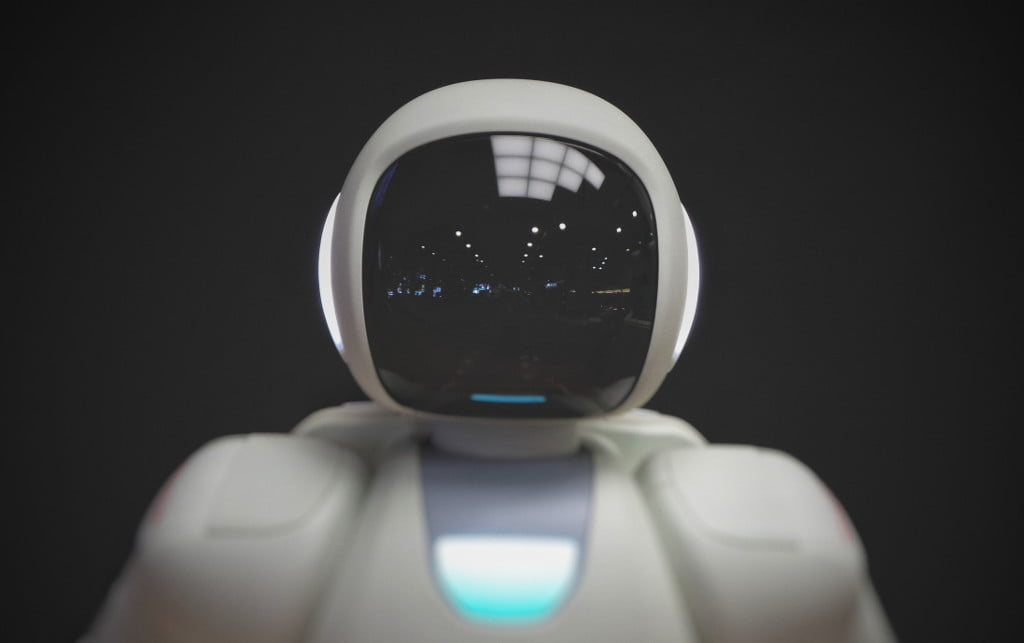
In the first part of the article Will Robots Take Over The Skyscraper Window Cleaning Jobs? we discussed how robots evolved over time, what a robot economy is and what are the advantages of having robots as workers. Here we’ll delve into detail how the global job market is gonna be transformed and how the high-rise window cleaning, in particular, is going to change.
How The Robot Economy Affects The Human Job Market - Present and Future
Robots have existed since the 1950s. This wasn’t a problem for a long time, because they used to be hidden inside factories. Machines and robots have taken over our jobs in the past during the previous industrial revolution and humanity not only survived, but thrived. Now, we are standing at the edge of the next industrial revolution.
But what we fear today is that intelligent robots may take over some essential human skills and might make humans obsolete. It still may sound like a science-fiction scenario to some people, but let’s consider this: we already have self-driving cars cruising down the streets, artificial assistants guiding us while we navigate with Google Maps and robots doing spinal surgeries.
Predicting what the jobs of the future will be like is not an easy task. What we do know at the moment, according to McKinsey Global Institute, is that "all workers will need to adapt, as their occupations evolve alongside increasingly capable machines".
The fear of technological unemployment taking over the human economy is more than real. There are various scenarios for the future, but actions have to be taken if we want to find ways to mitigate job loss.
Major Technological Trends
Some significant trends in the next industrial revolution already create a new type of economic paradigm. Here’s just a few of them to consider:
- Automated, self-driving vehicles and driverless trucks. Robocars are approved to ride on California’s streets and the government of UK is already reviewing laws that will make that legal in England as well.
- Smart Logistics that include drones and unmanned vehicles delivering items faster than ever before, as well as automated parcel sorting warehouses with incredible efficiency.
- Robots diagnosing cancer and doing surgeries are already in hospitals.
- 5G networks and IoT (Internet of Things) are transforming megacities into hyper-connected Smart Cities.
- AGI (Artificial General Intelligence) is a field of research that attracts billions of dollars and is advancing exponentially.
- Quantum Computing: It takes a quantum leap to understand what quantum computer is. But such computers are already built and they are surpassing the physical and calculating limitations of “ordinary” computers.
- Cloud Robotics: a single robot has limitations when it comes to computing power and ability to learn. Cloud robotics platforms transcend these restraints and give robots the ability to share their knowledge with each other.
- Drone Swarm: Unmanned aerial vehicles (UAV) are “aircrafts piloted by remote control or onboard computers”. They are more commonly knows as drones and their popularity grows at a fast pace. With that said, can you imagine more than 2000 drones flying simultaneously and acting as a single organism? Sounds like fiction, but this is the present reality. With the participation of a global giant like Intel, it’s guaranteed this technology will become an industry standard.
- Robot Citizenship: Sophia from Hanson Robotics is the first robot that’s been declared citizen by Saudi Arabia. And this is just the beginning.
How Does The Fourth Industrial Revolution Impact Our Jobs And Daily Lives
Is this all for the betterment of humankind? Even a visionary futurist like Elon Musk warns us that:
Actually, the whole interview is worth watching:
More on the topic of transitioning jobs comes from recent research by Harvard Business Review, that warns us:
Their message is more than clear: “you should get started now if you haven’t already, and hope that it’s not too late.”
Almost none of us will be spared from the stress of transitioning to new jobs. For example, Forbes shares with us their own advice on the best path to adaptation:
Unfortunately, that doesn’t leave much room for the regular squeegee and bucket window cleaning.
In a not so distant past, a “computer” used to be “a person performing mathematical calculations”. Now we have algorithms like AlphaGo and there’s no human competitor that can beat it. Are we getting closer to the time when “window cleaner” will no longer mean “a person who is employed to clean windows”? Let’s see.
Present Skyscraper Window Cleaning Robots Disrupting The Industry

So how the windows of skyscrapers get washed nowadays? Here’s a list of some of the best window cleaning robots that slowly but steadily replace human window cleaners from their jobs in high rise window washing.
Pufeng Intelligent Technology
China has the largest number of tall buildings in the world and also has the highest rate of skyscraper development globally with “a total of 88 buildings measuring 200 meters (656 feet) or above” completed in 2018. And that means a lot of windows that need to be cleaned. For that reason, Pufeng Intelligent Technology company developed an autonomous window cleaning robot for commercial high-rise buildings. It has these impressive characteristics:
- 150 sensors
- 6 propellers
- 10 time more efficient than human workers
- 120 square meters/hour cleaning speed
- Withstands up to 60 miles/hour winds
Although this automatic window cleaning machine looks a little quirky, it’s very hard for humans to compete with it and to beat its productivity.
GEKKO Facade
Serbot is a Switzerland-based solar panel and facade cleaning company that’s built a fully automated facade cleaning robot for high-rise buildings called GEKKO. Its main advantages are:
- A proprietary suction technology which helps the robot stick to the glass surface
- Cleaning speed of over 400 square meters/hour
- Fully and semi-autonomous operation modes
- Includes options to fit into existing roof systems
- Works without regard to weather conditions
IPC HighRise
The IPC HighRise machine offers safe, effective and environmentally friendly window cleaning solution. The productivity of this robotic cleaning system for glass facade of high‐rise buildings can reach up to 33,600 square feet per hour, which is a quite impressive achievement. It cleans not only the glass but the window frames as well using only purified water.
KITE Robotics
KITE Robotics introduces a different approach to high-rise window cleaning with a facade cleaning robot for high-rise buildings that has the following innovations:
- Operates at any hight
- Able to clean hard to reach areas
- Works without human interaction
- Offers eco-friendly window cleaning with the use of demineralised water
- Simplified setup and transportation
Ozmo™
Ozmo™ from SkyLine Robotics can be used in window cleaning for commercial buildings and offices. It has many advantages compared to its competitors that include:
- Uses the existing scaffold of the building
- Able to maintain all types of facades
- Adapts to changing environments with the help of its AI and sensors
- Doesn’t require the presence of humans inside the swing
- Controlled from the ground with just one operator
This is it:
Make sure you also read the interview with Yaron Schwarcz, CEO & Co-founder of Skyline Robotics.
Aerones
Drones are toys that we use for fun, right? Although that's true for most people, Aerones company has a different plan for the application of drones on the high-rise window cleaning industry. Their heavy-duty window cleaning drone has some benefits like:
- Pressure washing with purified water
- Water and electricity supplied constantly from the ground level
- Safety buffers to protect the building’s facade
- Safety rope to secure the drone in case of malfunction
- Suitable for maintenance of wind turbines
Here’s the window washing drone in action:
Cleaning Drones
What’s better than a single window cleaning drone? That’s right, a swarm of drones. This Germany-based company offers a solution that’s going to relieve people from hard manual labour. Here’s how the future of window cleaning looks like according to their vision:
Some other producers of robotic window cleaners worth mentioning are Fat Cat and SkyPro. They also provide window cleaning systems and solutions with various levels of automation and plan to expand their businesses around the world.
Robotisation Beyond High-rise Window Cleaning
Obviously, the skyscraper window cleaning automation is still catching up and these robots might leave you unimpressed. The machines we’ve listed above are still very far from the Nexus 6 replicants. However, that doesn’t stop these automated devices from replacing human workers.
So consider this - how many people do you know that can do parkour or a backflip? At the same time, there’s the Atlas robot from Boston Dynamics and he doesn’t mind showing off a few of his skills:
He also knows how to do parkour:
How long do you think it will take before the mechanical skills of Atlas merge with the intellect of AlphaGo Zero and its DeepMind capabilities? How the skyscraper window cleaning will look like with the rise of these smart and agile machines? What do you think will be the next generation of commercial robotics systems that will do the high-rise facade cleaning?
What’s Next?

We explored thе upcoming future through the lens of the skyscraper window cleaning business. And we hope it has shed some light on the ways digitalisation, automation and robotisation will affect the job market and economy. At the same time, this global change may bring us closer to the next major shift in our evolution as a human species, as we will have to adapt to this new reality.
Key Takeaways:
- The robot economy is going to disrupt the human job market and you need to prepare for the future of job automation.
- The replacement of human window cleaners already started with the proliferation of high-rise window cleaning robots.
- The development of robots and artificial intelligence outside the window cleaning trade is making giant leaps and very soon it’s going to affect every industry.
- It’s time to decide what future you want to create for yourself.
***
As the saying goes: “the best way to predict the future is to create it.” Which means it’s our choice, as individuals and as a collective, to decide what the next step should be.
Hashtags: #windowcleaning #windowcleaner #cleaningrobots #roboteconomy #therobotsarehere #therobotsarecoming #automation #robotsintheworkplace #robots #robotics #innovation #futurism

Comments